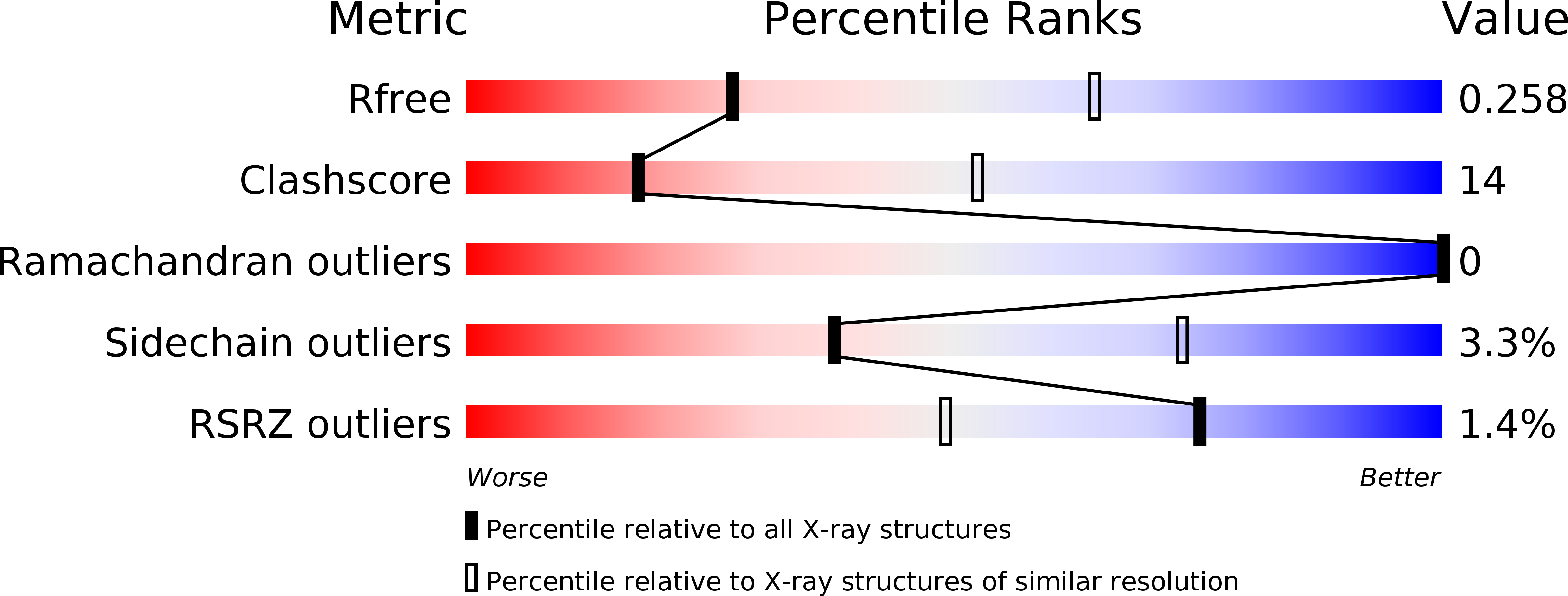
Deposition Date
2018-01-22
Release Date
2018-04-18
Last Version Date
2024-10-23
Entry Detail
PDB ID:
5Z68
Keywords:
Title:
Structure of the recombination mediator protein RecF-ATP in RecFOR pathway
Biological Source:
Source Organism:
Host Organism:
Method Details:
Experimental Method:
Resolution:
3.00 Å
R-Value Free:
0.25
R-Value Work:
0.19
R-Value Observed:
0.19
Space Group:
P 21 21 21


